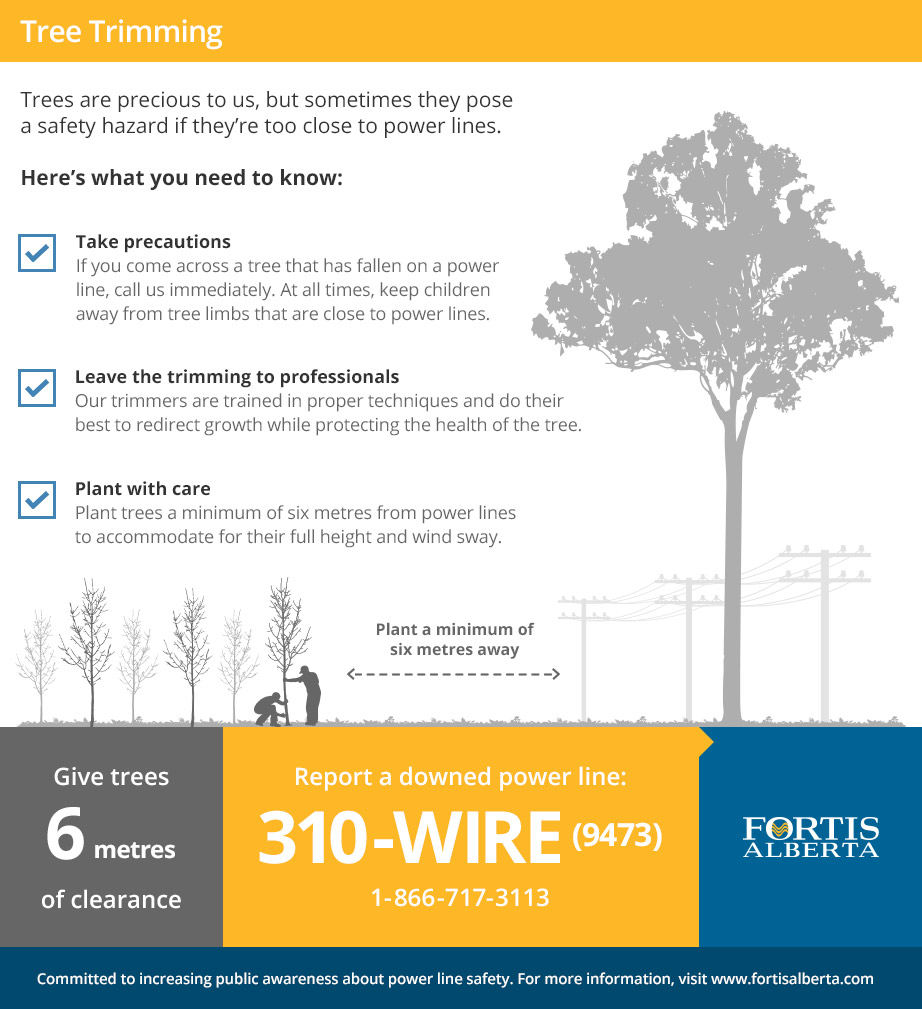Guarding Your Landscape: Replanting After Tree Removal
Guarding Your Landscape: Replanting After Tree Removal
Blog Article
Material Develop By-Hartley Thomassen
Tree removal can leave a void in your landscape that requires dental filling. You can plant something new in that space, yet it takes extra treatment and attention at the beginning to aid it flourish.
The soil in that location will keep transforming with time as bacteria break down the old roots. That can impact the vitamins and mineral balance and physical room for brand-new development.
Dirt
The dirt in a plot where a tree has actually been removed is most likely to be extremely various from the remainder of your garden or yard. The origins of the old tree and the stump will certainly have transformed the soil, removing some nutrients and potentially crowding out various other plants. Additionally, if the previous tree was unhealthy, the contagious agent may still be in the ground.
The existence of roots fosters a rich and diverse neighborhood of dirt microbes that improves vital procedures like nutrient cycling and raw material decomposition. Without these bacteria, the displaced soil can come to be less abundant and nutrient-depleted, with a negative influence on plant development.
Prior to replanting, the dirt needs to be eliminated of debris and natural product (such as timber chips from stump grinding). You might want to mix in potting dirt or native dirt with this compost to give your brand-new growing with an atmosphere that is well balanced and loaded with nutrients.
Water
Tree origins absorb large amounts of water from the soil. This procedure additionally includes nutrients back to the soil, especially nitrogen, which is crucial for new trees and plants. Regrettably, old soil can be depleted of these important minerals because of the decaying roots and stump from a removed tree.
This is why it is very important to have a prepare for the future of your landscape. Preferably, the best time to plant is when you have a clean slate.
Whether you're growing yard or blossoms, ensure to use a soaker pipe to prevent overwatering your brand-new landscape design. If the area was a yard, make certain to cover the soil with natural compost to aid maintain wetness in the dirt, control soil temperatures and subdue weeds. This likewise offers a layer of defense for young plants and promotes worm task. Then, consistently restore the compost to continue boosting the dirt nutrient density and microbial life. This is known as soil repair.
Light
Trees are a wonderful addition to any type of landscape, offering shade, visual pulchritude, and lots of other benefits. Nevertheless, in some cases trees end up being unpleasant due to a variety of factors, including illness, bug problems and all-natural aging.
In such situations, it may be needed to eliminate a tree. It is essential to take into consideration the worth of a particular tree in your landscaping and take the correct actions to make certain that the elimination is done securely and efficiently.
During the late summertime, it's a perfect time to do maintenance and inspections on existing trees. Seek signs of condition, insect infestations, or architectural damage, as well as any prospective hazards such as weakened or leaning trees.
Prior to beginning any type of building projects, be sure to protect the root zones of existing trees by avoiding dirt compaction and grading around them. Organic matter, as it breaks down, can generate toxic gases that are damaging to the roots of a tree. It's likewise a good concept to mulch the location around a tree after building has actually ended up to preserve moisture and subdue weed development.
Temperature level
Trees are essential to a landscape for their aesthetic appeal, but they additionally play an essential duty in the local ecological community by providing shade and windbreaks. https://www.einnews.com/pr_news/527484430/outdoor-kitchen-ideas-for-bucks-county-pa-areas sustain wild animals environments and reduce the quantity of carbon dioxide airborne, which can contribute to worldwide warming. This is why it is a good idea to replant trees after removing one from the home.
When replanting a brand-new tree in the location of a previous stump, the soil might not have sufficient nutrients to support it. It is best to wait for a year before planting to guarantee that the dirt will certainly be abundant in nutrients.
To guarantee that replanted trees thrive, it is important to offer them with correct care. A layer of mulch will certainly keep dirt moisture from vaporizing, manage dirt temperature level, and aid subdue weeds. Organic compost is the recommended selection due to the fact that it boosts dirt fertility. Recurring fertilization and parasite control are likewise necessary for replanted trees.